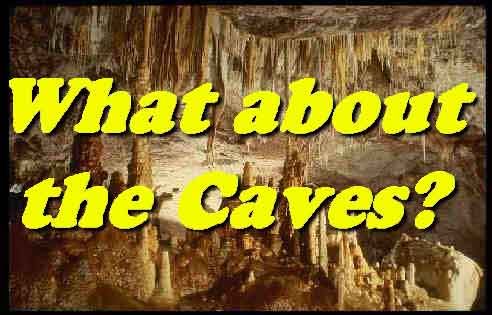 |
|
|
|
|
|
Almost all caves support some type of ecosystem that extends from the entrance and its immediate environs, all the way through the cave. Many species use caves for all or part of their lifecycles. Bats are probably the most widely known cave inhabitant. Big Brown and Little Brown bats, and Eastern Pipestrilles are the most common Virginia bats. These bats are insectivorous, leaving the cave at night to use echolocation to hunt their prey. Other animals found regularly in caves are salamanders, spiders, and crickets. Caves in Virginia are protected by law. It is illegal to mark or deface the cave in any way, to disturb a cave's inhabitants, to remove anything except trash from a cave, or to leave anything (including spent carbide or human waste) behind in a cave. This law applies whether a cave is on public or private land. With proper education, and good conservation measures, caves in Virginia can continue to be surveyed, studied and enjoyed for many years to come. |
|
|
|
|
|
|
|
|
All Content © Copyright 1998-2019 Richmond Area Speleological Society All rights reserved. Please ask for permission to use content found on these pages. Links should point to: http://rass.caves.org/ Email the RASS Webmaster |
|
